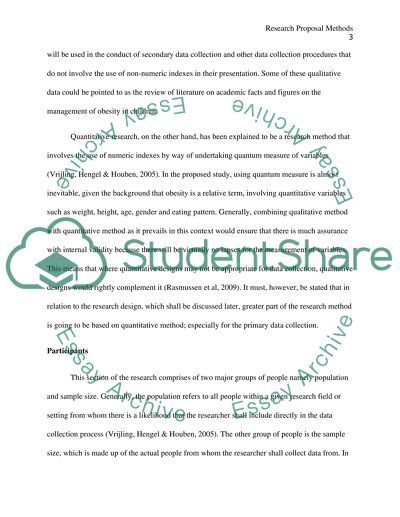Cite this document
(“Childhood Obesity/Parental Education/METHODS Research Proposal”, n.d.)
Retrieved from https://studentshare.org/health-sciences-medicine/1484592-childhood-obesity-parental-education-methods
Retrieved from https://studentshare.org/health-sciences-medicine/1484592-childhood-obesity-parental-education-methods
(Childhood Obesity/Parental Education/METHODS Research Proposal)
https://studentshare.org/health-sciences-medicine/1484592-childhood-obesity-parental-education-methods.
https://studentshare.org/health-sciences-medicine/1484592-childhood-obesity-parental-education-methods.
“Childhood Obesity/Parental Education/METHODS Research Proposal”, n.d. https://studentshare.org/health-sciences-medicine/1484592-childhood-obesity-parental-education-methods.


